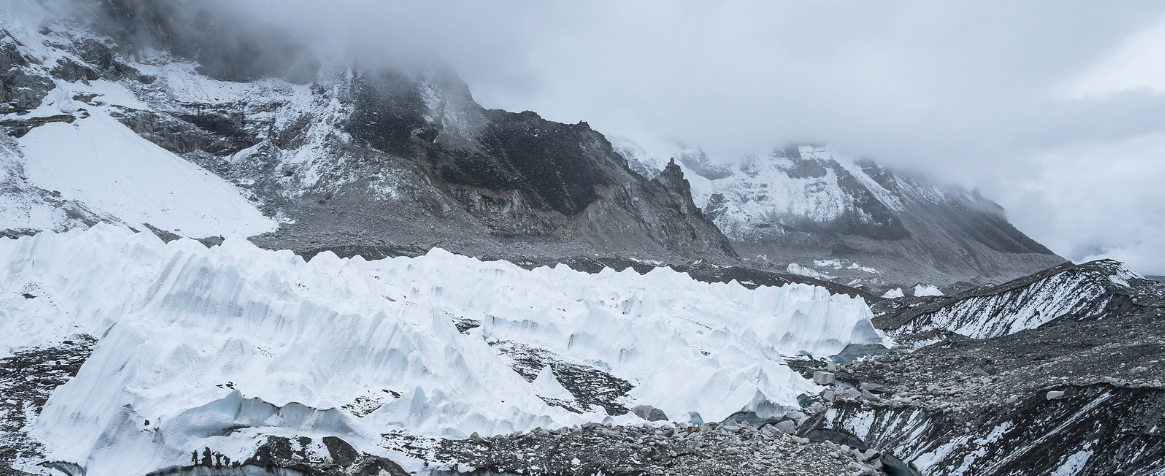Kathmandu: Glaciers in Asia’s Hindu Kush Himalayas are melting at unprecedented rates and could lose up to 75 percent of their volume by century’s end, scientists have warned in a report.
The report from the Kathmandu-based International Centre for Integrated Mountain Development (ICIMOD) on Tuesday warned that flash floods and avalanches would grow more likely in coming years and that the availability of fresh water would be affected for the 240 million people who live in the region as well as a further 1.65 billion downstream.
‘We’re losing the glaciers, and we’re losing them in 100 years time,’ said Philippus Wester, an environmental scientist and ICIMOD fellow who was the lead author of the report.
‘The people living in these mountains who have contributed next to nothing to global warming are at high risk due to climate change,’ said Amina Maharjan, a migration specialist and one of the report’s authors.
‘Current adaptation efforts are wholly insufficient, and we are extremely concerned that without greater support, these communities will be unable to cope,’ Maharjan added, ‘We map out for the first time the linkages between cryosphere change with water, ecosystems and society in this mountain region.’
Various earlier reports have found that the cryosphere – regions on Earth covered by snow and ice – are among the worst affected by climate change.
Recent research found that Mount Everest’s glaciers, for example, have lost 2,000 years of ice in just the past 30 years.
The report found that the Himalayan glaciers disappeared 65 percent faster since 2010 than in the previous decade and said that changes to the glaciers, snow and permafrost of the region driven by global warming were ‘unprecedented and largely irreversible’.
At 1.5 degrees Celsius or 2 degrees Celsius of warming above preindustrial temperatures, glaciers across the entire region will lose 30 percent to 50 percent of their volume by 2100, it said.
The Hindu Kush Himalaya stretches 3,500 km (2,175 miles) across Afghanistan, Bangladesh, Bhutan, China, India, Myanmar, Nepal and Pakistan. Scientists have struggled to assess how climate change is affecting the Hindu Kush Himalaya.











